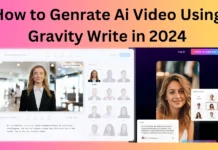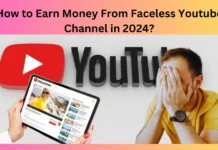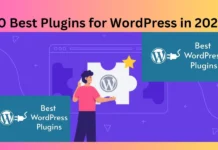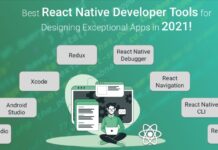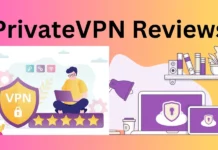The latest GOLD report on the global issue of urban equality inspire a call to transformational actions and real transformation?
Could this be a hefty global report that sits on someone’s shelf? A report that will end up being a source of dust, rather than bringing about actual transformations? Could a global report serve as an instrument for change?
When UCLG is the world’s largest network of regional and local governments – chose to concentrate on their next report that will be the most prestigious in its history, inequality We thought it was a fantastic opportunity to present the methods as well as the findings and concepts of the KNOW program. We recognized its potential to create real change through involving those who are on the very frontline of the urban inequalities.
At the Congress in the congress, we will discuss the major findings and future actions in the context of UCLG colleagues and mayors, civil societies networks, and academics. As the work comes to a close , with the release of this report, it is time to take a look at the past and ask what role can it play to shift the balance of political power to advance human rights and alter the current trends creating discrimination, exclusion, and inequity within cities?
The truth is: We’re not certain. However, there are a few things we know, and we can think about our perspective on this report’s methodology and the main factors that helped make our decision to take this step worth it.
Capturing voices from all over the world, experience and expertise
Our goal was to utilize the process of making reports to strengthen connections and alliances between civil society groups academics, researchers and UCLG members. In the beginning, we made the decision to develop the narrative and arguments of the report from the discussions. This way, it was an extremely democratic and collaborative process instead of a strictly technical task that is based on a singular and narrow definition of expertise.
We invited academics we believed would like this method of working to be chapter curators rather than “authors” to record many voices as well as experiences and information. The result was 90 submissions from the civil society groups, local government networks as well as academics. The themes came out of discussions about the most important messages and experiences ought to be included.
Then, we held several online meetings in which contributors gave presentations chapter curators with their inputs which then discussed how they were integrating the contributions. These discussions were not solely about the quality depiction, however they were more about the messages that the chapters were transmitting and how curators were able to capture the political goals and messages of the chapter into a coherent narrative. The entire collection is now accessible in the form of working papers as well as an repository of case studies along with the complete report.
We did encounter divergent opinions throughout the process, and expectations needed to be managed while safe areas were required to deal with power imbalances. It was refreshing to find agreement on what is needed to be done.
Since this event took place during the COVID-19 outbreak the synergies were created due to a rising consciousness of the diverse effects of the epidemic and the necessity of collaboration and local action in order to combat it. In the end, this GOLD VI process added to the increasing recognition by UCLG of the importance of civil society organizations as partners – not just for joint advocacy efforts – as well as for the generation of research and knowledge.
The key messages and pathways and five basic principles
As the process drew closer to the end of its journey and we started to realize the relationships between these principles as well as other local efforts being undertaken to effect a transformative changes. We view GOLD VI as an integral part of a larger urbanist, equality-driven movement. The movement brings to light local tales of transformations that are both incremental and radical in the hope that new methods of working can be achieved.
In isolation, these stories may appear to be like drops in the sea, however, when viewed in relation to one them, they can create an even stronger wave of structural changes. This is likely to be our primary message – that the locally-led movement offers the chance to imagine the future of global cooperation and actions.



